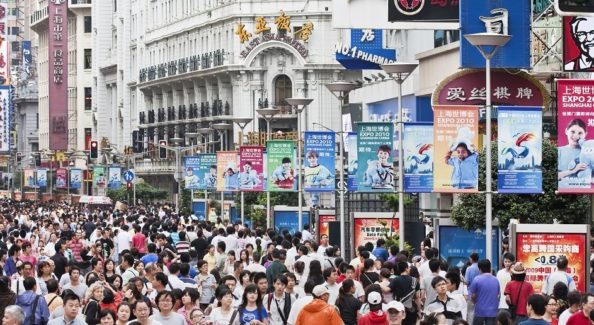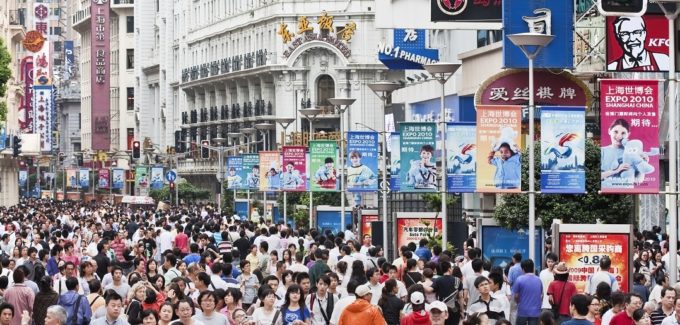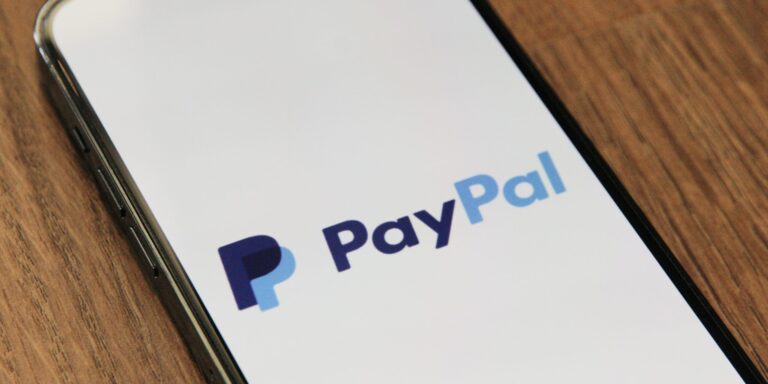Chinese Retail Market: Are Chinese Shoppers Still Buying in Stores?
Over the past two years, non-store Chinese retail market posted a 48.5% current value growth. With the decelerating growth of the Chinese economy, a too aggressive expansion in the last few years leading to homogenization and oversupply, and the issue of increasing operational costs, the rise of e-commerce is one of the reasons why store closures were widely seen in 2015. A large number of retail stores in hypermarkets, department stores, and malls had to close because of unsatisfactory performance. Thus, it is legitimate to wonder if Chinese shoppers still buy in stores.
The growing “showrooming” effect may change the rules for the physical stores
E-commerce in China revolutionizes the way Chinese shoppers research information and purchase products. One of the consequences of the rise of online commerce is the “showrooming” effect: the Chinese buyers research all the information about products in physical stores but buy the products elsewhere, online for example. According to a recent survey of February 2015, 62% of the shoppers did online research on their mobile phone in 2014 versus 38% in 2011. Among shoppers who did online research on their mobile phone, 30% did their research while they were shopping in stores. Within this 30%, only 16% bought products in the retailer’s physical store. “Showrooming” happens more in China than in other countries be cause Chinese consumers seek for product education and need to look, manipulate products and ask staff for advice.
cause Chinese consumers seek for product education and need to look, manipulate products and ask staff for advice.
Given the “showrooming” effect, retailers must look for new solutions to prevent sales leakage. TMall and InTime, a Chinese department store chain that owns 28 department stores and eight malls across China, launched an experimental collaboration to create a closed-loop omnichannel shopping experience: customers will be able to pay with Alibaba’s wallet app Alipay in any store of InTine malls and department stores. Shoppers on Tmall will be able to claim InTime members points, and InTime will ship items from their physical stores to online buyers. Many retailers display QR codes next to their products to offer products details and coupons and allow shoppers to purchase products that are not physically in the stores. Using digital tools can also help retailers to get to know prospective buyers, to retarget them later and improve sales conversion.
Chinese Retail Market: Retail players should focus on Online to Offline services
Chinese consumers embrace O2O (Online to Offline) at a faster rate than expected according to our recent research. The survey reveals that 71% of the Chinese consumers use Online to Offline services in China.
O2O consists of ‘click and collect’ services for physical goods, where shoppers buy online and collect in-store. 72% of consumers expect O2O will offer the opportunity to purchase online and exchange or return offline, and 55% would like to be able to download coupons online and use them in stores. O2O can also consist of offering products customization online before purchase, or checking the physical store stock status online. Another online to offline service is to offer Chinese customers the possibility to purchase a product in-store and to have it directly delivered to the customer’s home. Some malls even offer shopping in augmented reality supermarkets, where consumers could position themselves in a particular location and digitally purchase a product that appears on the screens of their smartphones.
The high interest of Chinese shoppers in O2O offerings proves that physical retail stores still have their uses. Will the pureplay e-commerce sellers on the Chinese market need more physical presence? In any case, the O2O trend may define a new purpose for physical stores and could swing the advantage back to brick-and-mortar retailers.
Going to the mall is not only about shopping for the Chinese, who want an overall experience
As physical stores are questioned, shopping malls also should be. A typical example of “ghost mall” is the New South China Mall in Guangdong Province, the world’s largest mall. It was opened in 2005 with the objective to reach 100,000 visitors a day. Despite the grand plans, few tenants and customers have come to the mall. However, the outlook for shopping malls is not that bleak: there were 4,000 malls in China at the end of 2015, and these figures should reach 10,000 by 2025 according to Deloitte estimate.
Chinese people live in cities saturated of malls, and all of the malls have the same brands, the same interiors and are not particularly interesting, even monotonous. Branding matters for malls that wish to thrive: the “art malls” K11 in Shanghai and Hong Kong are relevant examples. K11 offers art exhibitions and art shows and diffuses a special scent to keep the interior air fresh. To meet success, a mall needs a favorable location, a strong combination of shops, a good environment, but also to stand out to offer a special retail experience to its visitors. Going to the mall is not only about shopping: Chinese shoppers assign importance to the overall experience according to Trevor Vivian, director at architectural firm Benoy and Steven McCord, head of research for North China. Among the O2O services, the use of beacon technology combined with WeChat could offer a new opportunity to enhance the overall customer experience. When they get in a store equipped with beacons, customers just have to shake their phones when they are near to a WeChat iBeacon to access to the store’s website, offers, and coupons. As an example, the jewelry brand Chow Tai Fook (周大福) implemented beacons in 2,100 of its shops in 2015. The WeChat iBeacon system could be made more intuitive: Tencent currently limits the use of connected objects to the shake function, so Chinese customers can’t receive push notifications nor benefit from real-time location.
The Chinese now go to the mall to eat, be entertained and go shopping, in this order. For this reason, the malls have to dedicate a significant part of their space to restaurants, cinemas, spas, bowling alleys, and playgrounds for children, language schools and more recently, virtual reality to attract Chinese people. Malls have become a natural meeting place where the Chinese go for a family outing, in urban areas where public facilities lack. Indeed, malls have always to adapt to new trends and customers’ expectations to survive, but they offer what e-commerce can’t: a meeting place.
Stay Updated! Follow us on Twitter:
#Ikea Expands in #China! How Does Ikea Adapt to the #Chinese Market?https://t.co/0VIFwXxlCq pic.twitter.com/yek03D227A
— Daxue Consulting (@DaxueConsulting) August 22, 2016





